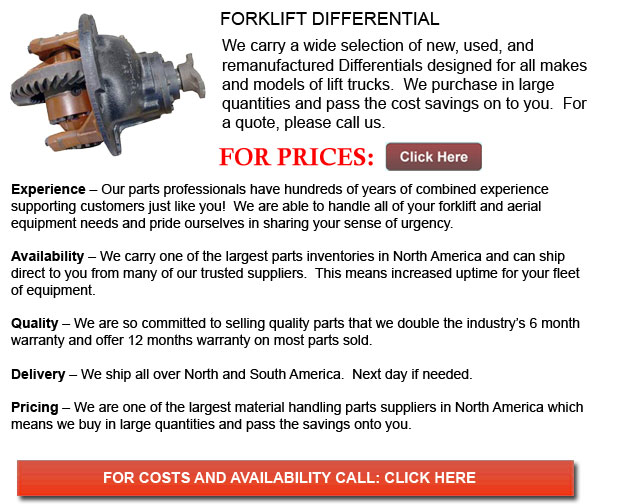
Forklift Differential - A mechanical tool capable of transmitting torque and rotation via three shafts is known as a differential. Every so often but not always the differential would employ gears and will function in two ways: in vehicles, it provides two outputs and receives one input. The other way a differential functions is to put together two inputs in order to create an output that is the average, difference or sum of the inputs. In wheeled vehicles, the differential allows each of the tires to rotate at different speeds while providing equal torque to each of them.
The differential is designed to drive a set of wheels with equal torque while enabling them to rotate at various speeds. While driving round corners, a car's wheels rotate at various speeds. Certain vehicles like for example karts operate without using a differential and make use of an axle as an alternative. When these vehicles are turning corners, both driving wheels are forced to spin at the same speed, usually on a common axle that is driven by a simple chain-drive apparatus. The inner wheel has to travel a shorter distance than the outer wheel when cornering. Without a differential, the consequence is the outer wheel dragging and or the inner wheel spinning. This puts strain on drive train, resulting in unpredictable handling, difficult driving and deterioration to the roads and tires.
The amount of traction needed to move the car at any given moment is dependent on the load at that moment. How much friction or drag there is, the car's momentum, the gradient of the road and how heavy the automobile is are all contributing factors. Amongst the less desirable side effects of a conventional differential is that it could reduce grip under less than ideal conditions.
The effect of torque being supplied to every wheel comes from the drive axles, transmission and engine making use of force against the resistance of that grip on a wheel. Usually, the drive train would provide as much torque as required except if the load is extremely high. The limiting factor is usually the traction under each wheel. Traction could be interpreted as the amount of torque which could be produced between the road surface and the tire, before the wheel begins to slip. The car would be propelled in the intended direction if the torque utilized to the drive wheels does not go beyond the limit of traction. If the torque applied to each and every wheel does go over the traction threshold then the wheels will spin constantly.
![]() Click to Download the pdf
Click to Download the pdf
Forklift Parts
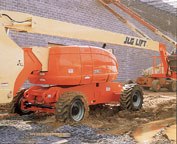
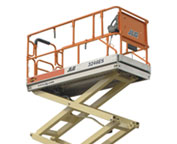
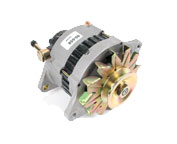
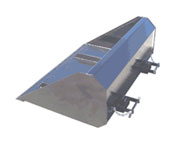
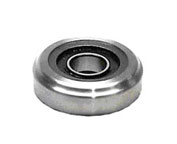
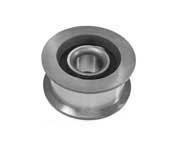
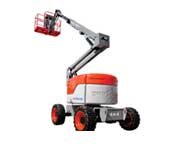
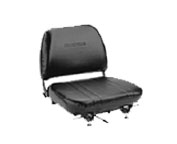
Lift Parts Express
TOLL FREE: 1-888-695-7994
Brandon, Manitoba
forkliftpartsbrandon.ca
Email Us
About Us


